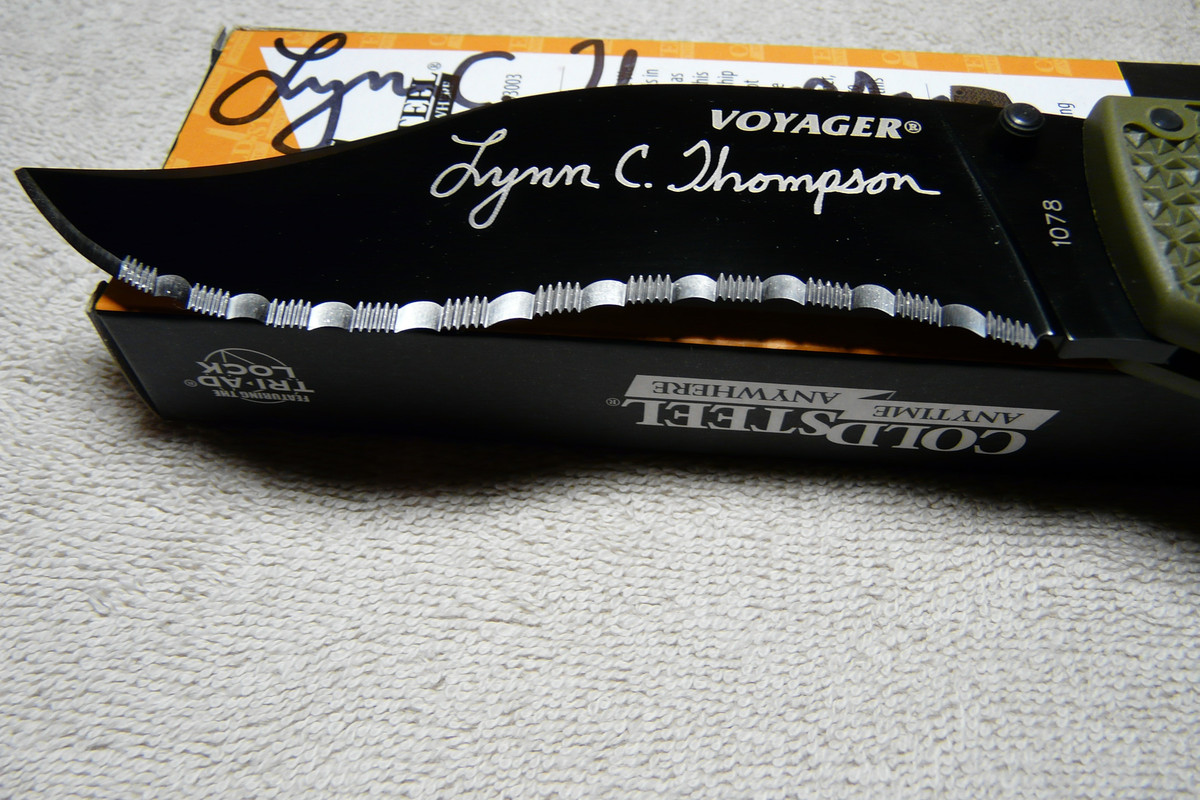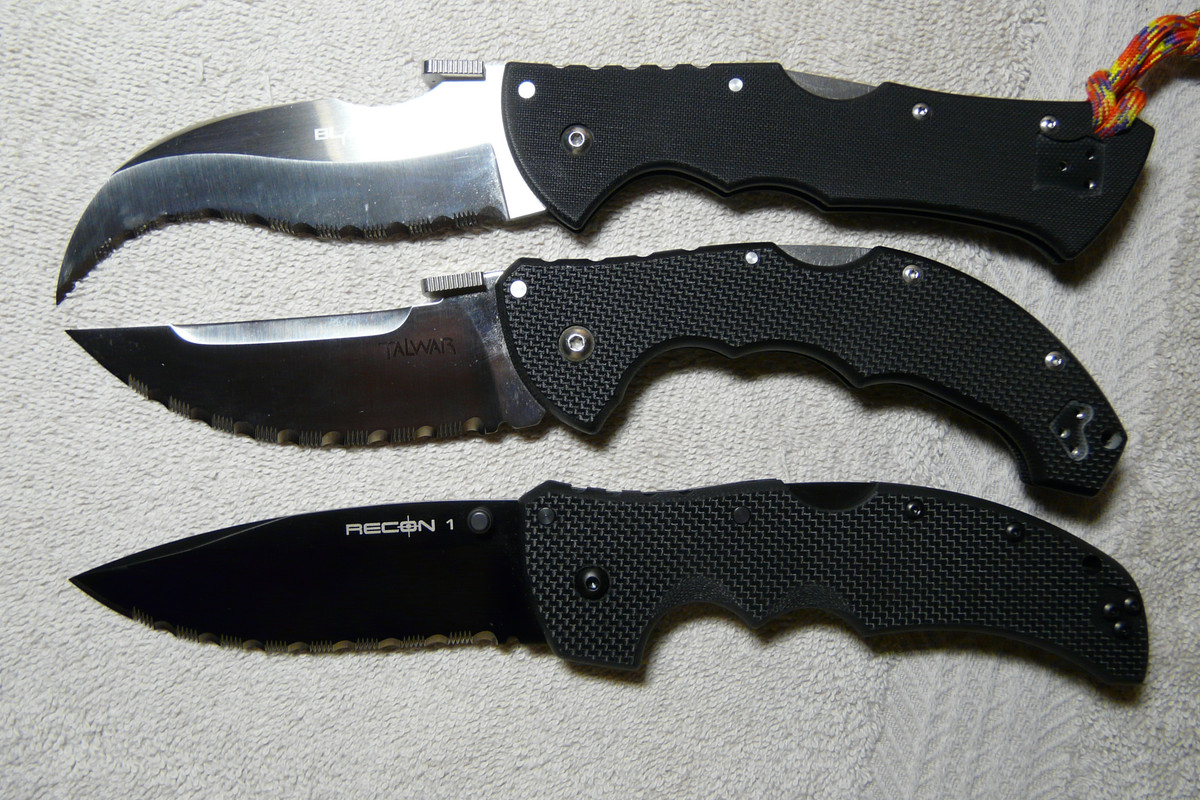- Joined
- Feb 23, 2000
- Messages
- 1,363
Its to "catch the cut".
One pf my favourite folders, a Blackjack Mamba has it, and its an excellent knife.
I found less useful on medium fixed blades.
Can work on really big knives to focus the shop and catch springy stuff.
Those who can't freehand sharpen bitch about them. Its not difficult.
One pf my favourite folders, a Blackjack Mamba has it, and its an excellent knife.
I found less useful on medium fixed blades.
Can work on really big knives to focus the shop and catch springy stuff.
Those who can't freehand sharpen bitch about them. Its not difficult.





